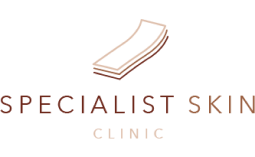Treating Melasma And
The Pursuit Of Fair Skin

ACROSS MANY CULTURES, HAVING A FAIR COMPLEXION WITHOUT pigmentation is a much desired trait. This is especially true in Asia, where the pursuit of having fair, porcelain skin fuels much of the cosmetic industry. So what does it take to get that stubborn pigmentation off your skin?
Melasma is the commonest pigmentary disorder among Asian females. Characterized by brown patches of sun exposed parts of the face, it is often associated with sun exposure, pregnancy and oral contraceptive use; hence its popularized name - “mask of pregnancy”. Melasma is the result of increased deposition of melanin in the epidermis and/or dermis. Therapy remains challenging and it is imperative to differentiate this kind of pigmentation from other kinds of similar pigmentation that can mimic melasma.
Whilst topical therapies hold some promise for melasma, many other pigmented conditions respond poorly to creams. Some of these conditions include freckles, lentigines (commonly known as liver spots) and Hori's naevus. It is therefore, important to obtain a proper diagnosis before instituting treatment.
The mainstay of melasma treatment rests on topical skin care regimes. Strict sun protection from the sun is an important preventive strategy. The use of hydroquinone-based topical agents is considered the standard for treatment of melasma and this has been formulated in combination with retinoic acid, kojic acid and corticosteroid to optimize its efficacy. Often augmented with skin brightening serums containing Vitamin C and E, the synergy of combined topical agents lighten pigment as well as repair the damaged skin that result from accumulated sun exposure. The use of topical agents, however, is often constrained by slow and sometimes limited effect as well as concerns over extended usage of high dose hydroquinone based products. Skin irritation and poor tolerability, especially in individuals with sensitive skin is often encountered.
Novel and effective hydroquinone-free skin lightening alternatives are therefore a critical addition to the armamentarium of dermatologists treating melasma. Many new modalities have been introduced for melasma treatment in recent years, of which device- based therapies are growing in interest and promise.
The Medlite® C6 Q-switched NdYag laser, which targets melanin, has been used to treat melasma on Asian skin. The 1064nm wavelength, set at low energies is able to reduce the pigment significantly after multiple treatments. This treatment has also been utilized for skin rejuvenation purposes – a procedure popularly known as “laser toning”. After treatment, this laser irons out fine wrinkles and uneven skin tones to produce a youthful glow. A well-tolerated procedure with little downtime, it is a treatment of choice for many working professionals. However, it is a treatment that is to be carefully opted for patients with melasma. Rebound hyperpigmentation and mottled lightening can occur in some patients.
Intense pulse light (IPL) is another device-based modality which can be used to treat melasma. When used appropriately in combination with hydroquinone-based creams, it has been shown to lessen the severity of melasma.
Oral tranexamic acid has recently gained popularity in the treatment of pigmentary disorders, including melasma. Originally used as a medication to reduce menstrual blood loss, tranexamic acid has been found to inhibit melanin synthesis as well. The dosage used for lightening pigmentation is low compared to its usual dosing for blood loss and therefore does not usually cause complications. It has been shown to reduce the pigmentation of melasma when used consistently for at least a few months. Oral tranexamic acid has also been combined with the Q-switched NdYag laser and IPL as an efficient treatment for melasma.
The relentless pursuit of fair skin is matched by promising innovations and combination treatments. This will undoubtedly open up more choices for patients seeking treatment for pigmentary disorders. Armed with better options for therapies, dermatologists can now offer a spectrum of customized treatments to achieve the best results.
We Offer a Full Range of Dermatology Treatments
Dermatology
Dermatology
Dermatology
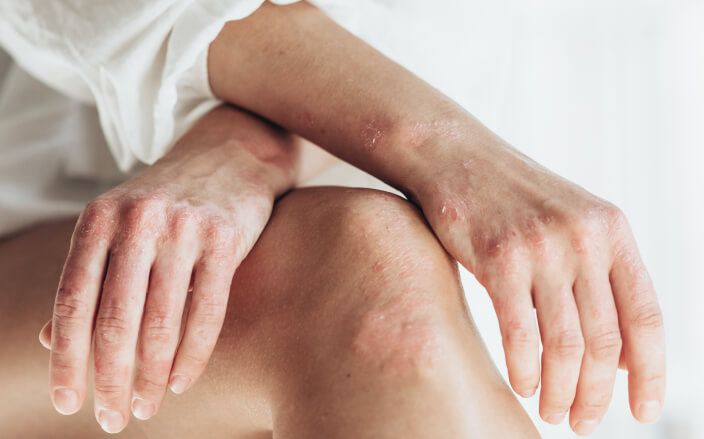
Medical Dermatology
- Bullous Skin Disorders
- Psoriasis
- Warts
- Photodynamic Therapy
- Skin Allergies
- Skin Infections
- Skin Cancer
- Vitiligo
- Skin Biopsy
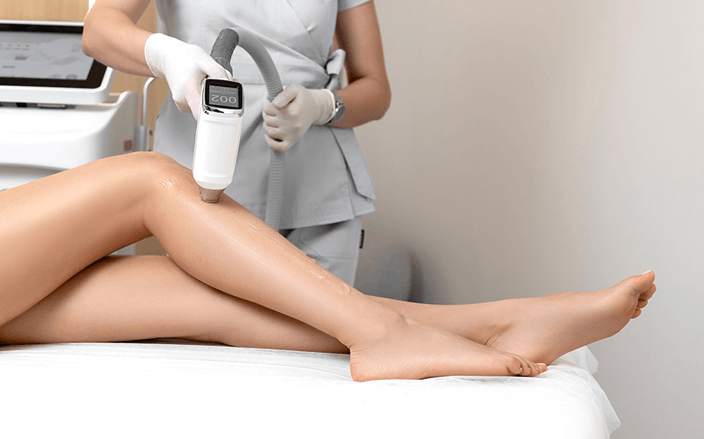
Cosmetic Dermatology
- Laser Resurfacing
- Laser Hair Removal
- Smoothbeam Laser
- Laser Treatment for Facial Veins
- Laser Pigmentation Removal
- Mole & Wart Removal
- Scar Removal
- Subcision
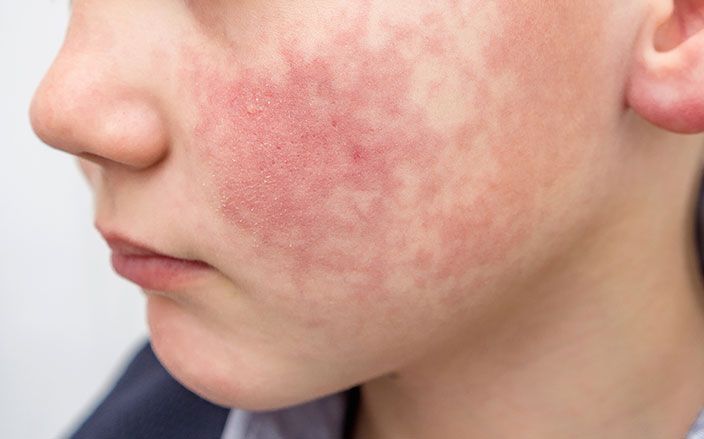
Paediatric Dermatology
- Atopic Dermatitis
- Skin Infections
- Skin Allergies
- Rashes
- Childhood Birthmarks
- Genetic Skin Disorders
- Hair & Nail Disorders
| Main Line | : (65) 6734 1411 |
| Fax | : (65) 6235 5900 |
| Mon - Fri | : 8:30am - 5:00pm |
| Sat | : 8:00am - 1:00pm |
| Closed on Sundays and Public Holidays | |
